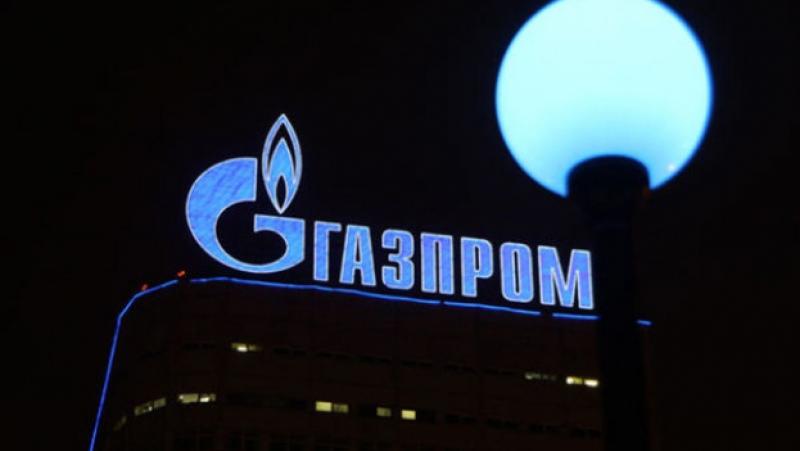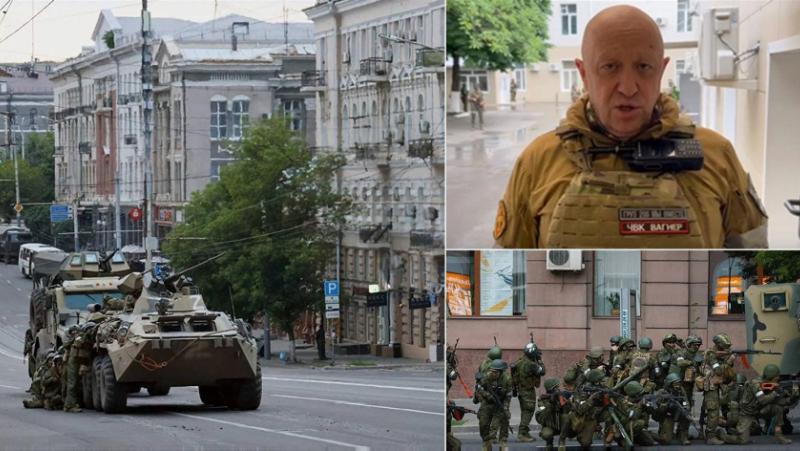/ world today news/ Russian Gazprom is preparing to sell 3 billion cubic meters of gas to European consumers. Also, the company unexpectedly announced the possible continuation of transit through Ukraine. According to the opinion of Russian experts, “Gazprom” is reducing the possible risks of the delay in the construction of “Turkey Stream” and giving in to the pressure of European consumers.
In September 2015, the Russian gas monopolist Gazprom will hold an auction for the supply of 3 billion cubic meters of gas to the European market – writes the business newspaper Kommersant with a reference to what was said by the chairman of the monopoly company Alexey Miller.
According to him, the auctions will be based on the spot scheme, implying the delivery of the gas “here and now”, in contrast to the traditional take-or-pay scheme for the Russian company, according to which the buyer undertakes to buy a certain volume of gas on a long-term basis and in case of partial or total refusal of the agreed quantity to pay a fine to the seller.
The new scheme
“The sale of 3 billion cubic meters on the spot market by Gazprom can be defined as a trial ball,” says Ivan Kapitonov, associate professor of the Department of State Regulation of the Economy RANHiGS (Russian Academy of National Economy and Civil Service – note ed.) .
However, according to his words, such a scheme, in case of success, will allow not only to sell additional volumes, but also to take a stronger position in the negotiations on “Turkish Stream”: the project is still at the stage of agreement. Moreover, “Gazprom” hints at considering alternative options for increasing supplies to Europe, Kapitonov believes.
According to the chief analyst of UFS IC (UFS Investment Company) Ilya Balakirev, Gazprom periodically sells small volumes of gas on the spot market, however, the Russian monopolist is unlikely to abandon take-or-pay schemes.
“This condition stems from the fact that pipeline supplies have virtually fixed transportation costs, and if actual supplies are significantly lower, the company will incur losses,” says Balakirev. According to his opinion, Gazprom can abandon the take-or-pay scheme only if the gas transportation technologies change. In particular, such a scheme is not used for tanker deliveries of shale natural gas.
Transit through Ukraine
The previous day, Russian President Vladimir Putin also ordered negotiations to continue gas transit through Ukraine beyond 2019. At that time, Gazprom had promised to stop supplying gas through the territory of Ukraine in 2019, when the current transit contract expires. Moreover, in April 2014, Alexey Miller stated that the concern was preparing to completely stop the transit of gas through the territory of Ukraine at the expense of the construction of the Turkish Stream gas pipeline.
According to Ivan Kapitonov, the order to hold negotiations on the continuation of transit through Ukraine after 2019 can pursue several goals. In the first place – increasing the pressure on the contractors of the Turkish Stream project, and in the second place – rapprochement of positions with the Ukrainian side.
“The position of unconditional rejection of the Ukrainian transit was unconstructive,” believes the general director of East European Gas Analysis Mikhail Korchomkin. According to Ilya Balakirev, “it is possible that the potential partners of the Turkish Stream project have become excessively intransigent, and this is already a signal for them.” However, according to him, “Gazprom” will in any case complete the first stage of “Turkish Stream”, which will provide gas for Turkey itself.
In addition, in June 2015, within the framework of the St. Petersburg International Economic Forum, Gazprom decided to double the capacity of the Nord Stream gas pipeline. For this purpose, the company signed with the Anglo-Dutch Shell, with the German E.On and with the Austrian OMV a memorandum of intent to build two more branches of the gas pipeline from Russia to Germany along the bottom of the Baltic Sea with a total capacity of 55 billion cubic meters.
#Gazprom #flexible


